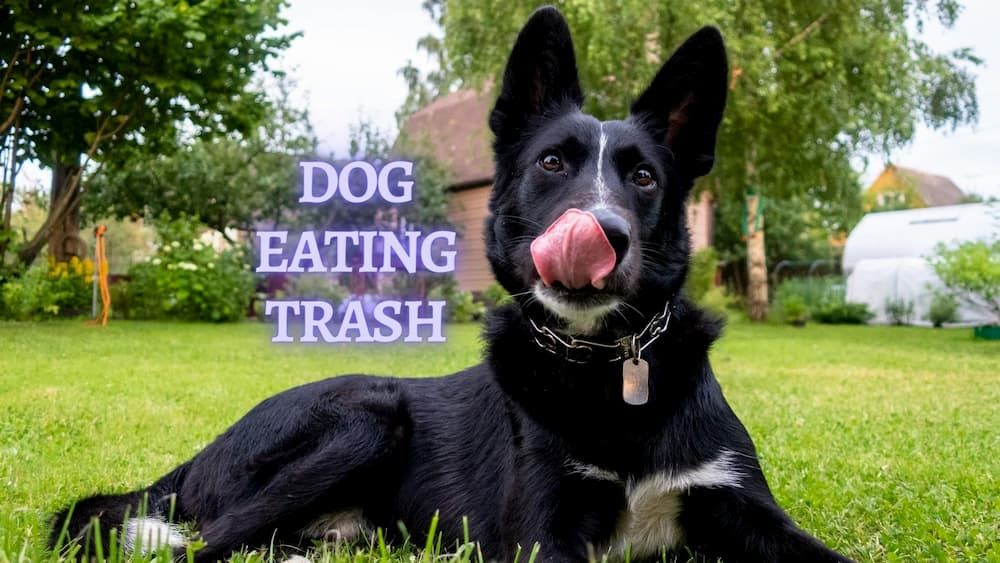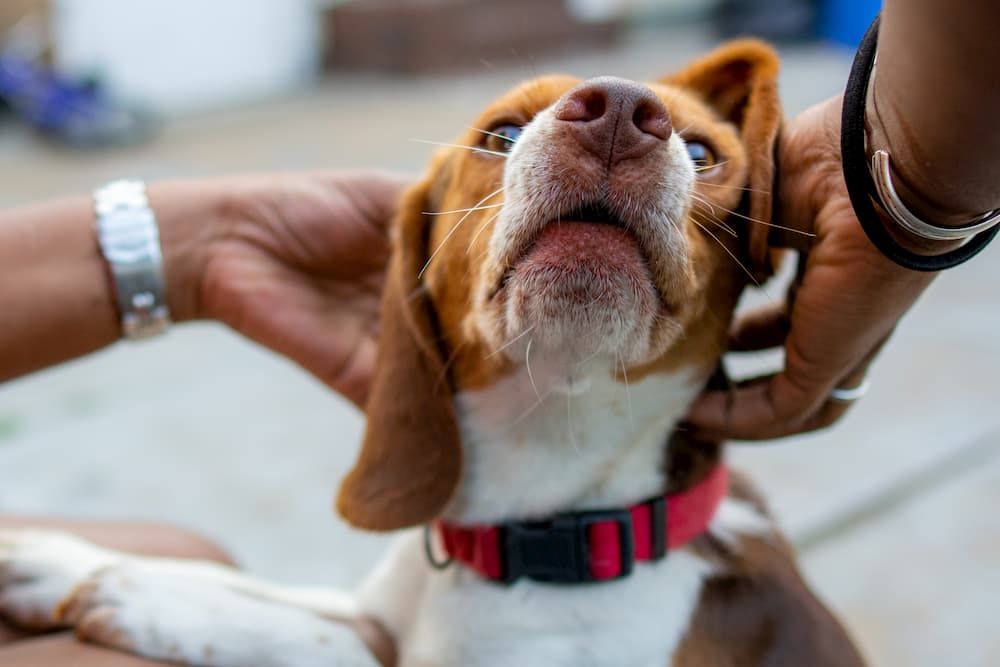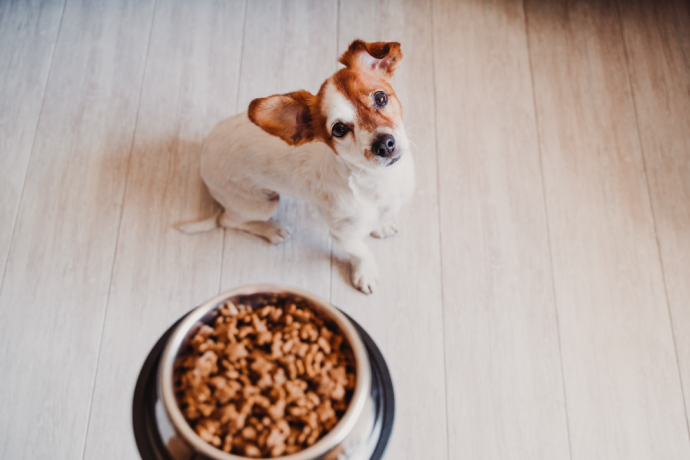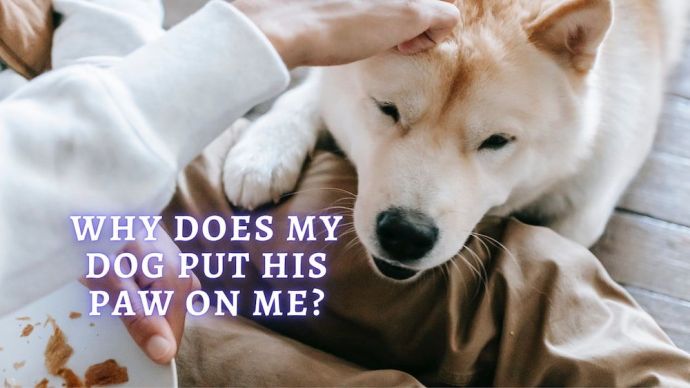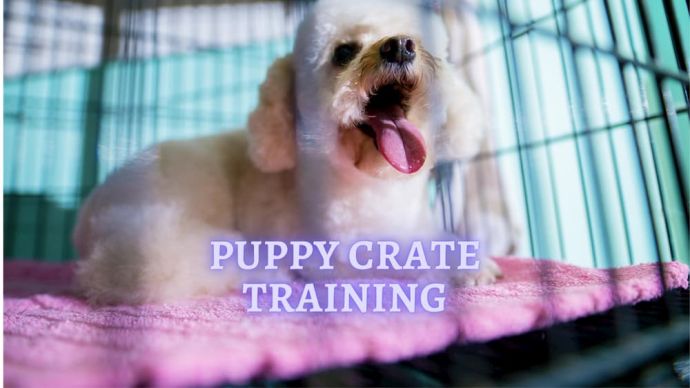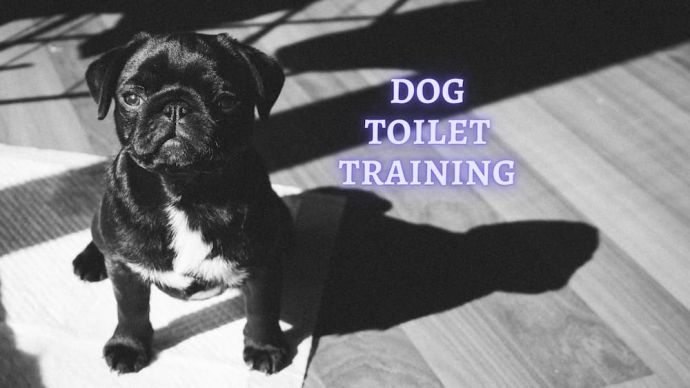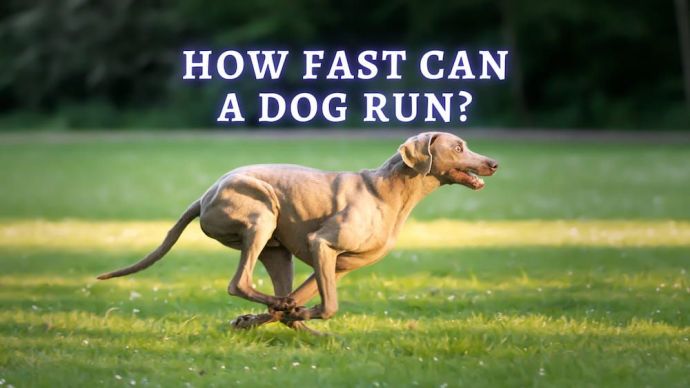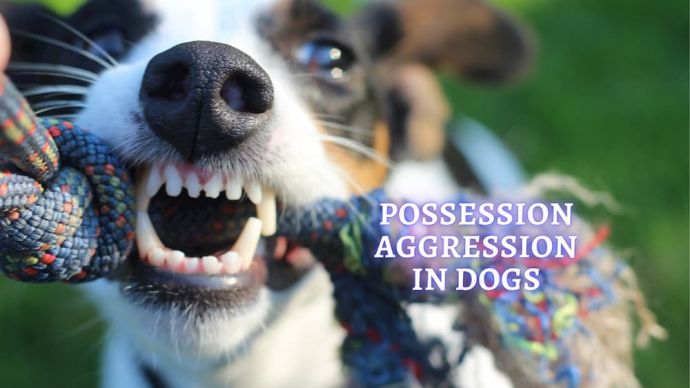Dog Eating Trash: How do I stop my dog from eating trash?
Written by:
Author: Vicki Smirnova
Vicki Smirnova is a professional writer and editor who adores animals and helps readers get along well with their pets. She has been working in digital media for more than 5 years and has great experience writing content about lifestyle, including pets. Vicki specializes in dog health and nutrition, cat feeding, dog training. She is an aquarium lover and is passionate to write about fish care at home. Also, Vicki headed several websites and worked as a news editor.
View all 245 articlesLearn about our editorial process and veterinary review board.
Reviewed by:
Veterinary review
by Dr. Linda Simon
Dr. Linda Simon is a veterinary surgeon working with seven years of experience. She is a fellow of the British Veterinary Association and specializing in animal medicine. Also, she has been the Woman magazine resident vet for the past two years and writes a regular column for them, focusing on pets and their health.
View all 30 articlesLearn about our veterinary review board
Viewed: 241
Updated on: 01/27/2022
Dog owners often face such an unpleasant and incomprehensible phenomenon as their pet eating trash. With inexplicable greed, dogs can scavenge through grass and mud and may even ingest sticks and their owner’s clothes and shoes. This behavior is not uncommon and carries a lot of danger.
First of all, your pet may choke on a large stone stuck in his throat or develop an intestinal obstruction. In dogs with a short, flattened muzzle, vomiting, provoked by eating inedible items, can even lead to aspiration pneumonia, respiratory arrest, and death.
The best way out of this situation is to stop this habit. However, if you do not get to the bottom of this behavior, even with the strictest control, pets will often find a way to scavenge and ingest items they really shouldn’t.
READ MORE: How many treats for puppy per day?
Common Behavioral Reasons:
Most often, animal owners complain about the following problems:
1. The dog eats non-food items and waste
Eating grass, soil, or prey such as birds and squirrels, may well be a way for dogs to clear their stomach and stimulate the digestive tract. This habit was developed in the distant past, when the feathers and fur of the victim, which were swallowed whole by the ancestors of domestic animals, enveloped the contents of the gastrointestinal tract and, together with the vomit, came out, causing the stomach walls to contract more intensively.
In this case, the problem is more likely to have physiological causes and may not necessarily be harmful. Therefore, if this happens infrequently, you should let the dog satisfy its instinct, albeit in as safe and clean a manner as possible. For this purpose, young lawn grass is well suited, and seedlings are available for cats. We can also feed our dogs raw vegetables and pumpkin puree.
Some experts believe this behavior is also a natural way of removing a parasite burden, so it’s crucial to ensure we keep up to date with our pet’s parasite prevention throughout the year.
2. The pet eats the feces of other animals, carrion, or spoiled foods
This can be a natural behavior as, for whatever reason, dogs are often attracted to whatever item smells the worst in the park or garden.
Imbalanced diets or those lacking in key nutrients could lead to this desire to eat inedible items. You can help resolve this problem by introducing prebiotics and probiotics, which can be found in a number of supplements and dog foods. Some human foods may also be useful to give, including natural yogurt.
3. The Dog eats a variety of waste
Some dogs are natural scavengers and seem to have an innate desire to eat things they shouldn’t. While there can be a number of reasons for this, including attention-seeking and boredom, this behavior is often explained by stress.
If this habit has come on, suddenly, look to the environment of the dog. If they have recently had a change of owner or experienced a stressful event such as a dog fight, this may sometimes lead to the development of this unpleasant habit.
4. My dog eats their feces
This behavior can be caused by the natural desire to clean up after yourself. Dogs that are kept in close quarters can eat waste products, to ensure the cleanliness of the residence and to avoid conflict with the other animals around them.
We can also see this behavior in dogs eating a rich, fatty diet that is not fully digested. The stool still resembles and smells like food to them, hence they may eat it. Feeding a better quality diet can stop the animal from consuming their feces.
5. The dog picks up food waste on the street
For many, this is normal behavior. Most dogs are naturally food-driven, and if there is something delicious laid out for them on the street, they are bound to want to have a taste.
For some, eating food from the street may occur after the owner has changed their food or put them on a strict weight loss diet. Some dogs can’t stand hunger. A dog who is not being fed sufficient calories will become extra hungry and will often be seeking food wherever they go.
6. Dog picks up the garbage to use it in their games
If your dog is used to walking on the street in proud solitude, he can find his own entertainment, picking up all sorts of objects, and inventing games with them. For example, many dogs will carry a stick in their teeth. They may also grab or throw stones or chew on a rag they have found. This ‘playful’ behavior is a common personality trait, especially in puppies, and is not necessarily a problem.
How to stop a Dog from eating Trash?
READ MORE: Wet vs Dry Dog Food – Which is Better?
If you are keen to prevent your dogs from eating garbage, take toys with you for a walk as they can serve as a distraction and prevent items from being picked up from the side of the road.
The most tangible and long-term effect is achieved by establishing a positive relationship between the dog and the owner, built on mutual understanding and trust. If such a relationship really exists, you will not find it difficult to force the dog to hand over a dangerous item or, on command, move away from the place with trash.
Training should begin at the age of two to three months and continue until the pet learns, and even after. Don’t let your pet pick up anything from the floor, even at home. If you give a treat, put it in a bowl or feed it with your hand. Ultimately, we want the dog to give up the food the first time we ask them to.
READ: My Dog Eats Everything
While we may see good results at home, it can be more challenging when out and about. Continue the training outdoors in the park or playground. You can set a treat down (for example, some cooked meat or chew that your pet will not be able to swallow it quickly). Then you can put on a leash and go for a walk. When the dog sees the meat, you need to issue your command, e.g. ‘Leave’. If the dog moves towards the food, gently tug on the leash and repeat the command. Loosen the leash and observe your pet’s behavior. If they ignore the meat, reward them with another treat from your hand, and stroke them. Once the dog does not show interest in scattered food, you can repeat the command when off-leash. Periodically, you may wish to change the treat to make sure that they can be relied upon in any situation.
There should not be any need to reprimand or punish our dogs for eating things they shouldn’t as we have them so well trained that this does not become an issue. For the seasoned scavenger, the owner can consider a basket muzzle to use during walks to prevent them from eating dangerous objects if they cannot be trusted to ignore them.
There is another crucial point – do not allow anyone to feed the dog, except the closest family members. This applies to all breeds, from large guard breeds to small lap dogs.
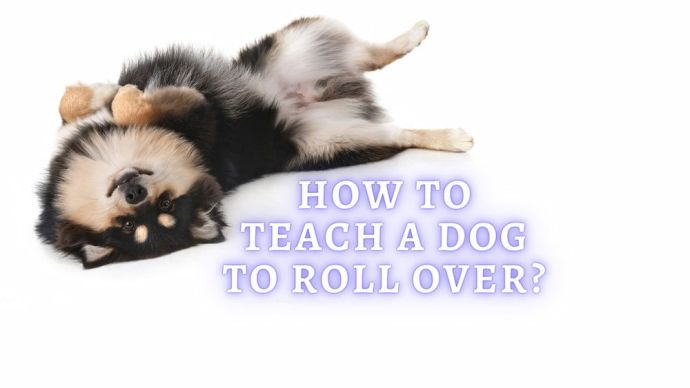 Dog Training How to Teach a Dog to Roll Over? 7 Easy Steps to Teach a Dog Roll Over Command
Dog Training How to Teach a Dog to Roll Over? 7 Easy Steps to Teach a Dog Roll Over Command - 405
- 0
 Dog Training How to Stop Dogs from Fighting with Each Other? (Dog Trainer Advice)
Dog Training How to Stop Dogs from Fighting with Each Other? (Dog Trainer Advice) - 216
- 0
 Dog Veterinary Tips Why is my Dog throwing up: Causes and Preventing (Veterinary Advice)
Dog Veterinary Tips Why is my Dog throwing up: Causes and Preventing (Veterinary Advice) - 21800
- 5
 Dog Care My Dog Keeps Scratching His Mouth: Reasons Why Your Dog Scratching Face
Dog Care My Dog Keeps Scratching His Mouth: Reasons Why Your Dog Scratching Face - 17168
- 1
 Dog Care Why Is My Dog Bleeding From Its Butt? Causes and treatment of rectal bleeding in the dog
Dog Care Why Is My Dog Bleeding From Its Butt? Causes and treatment of rectal bleeding in the dog - 15112
- 0









